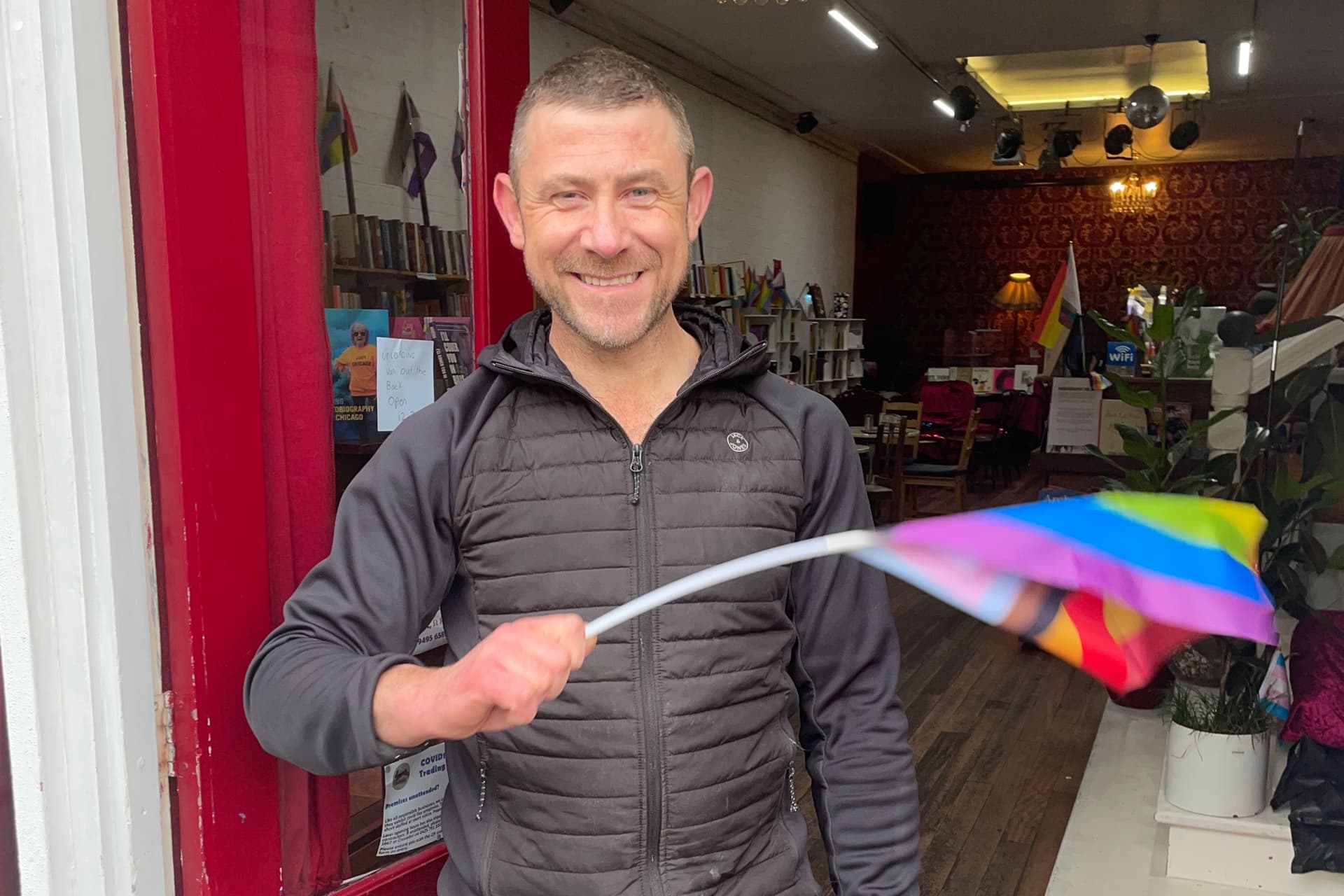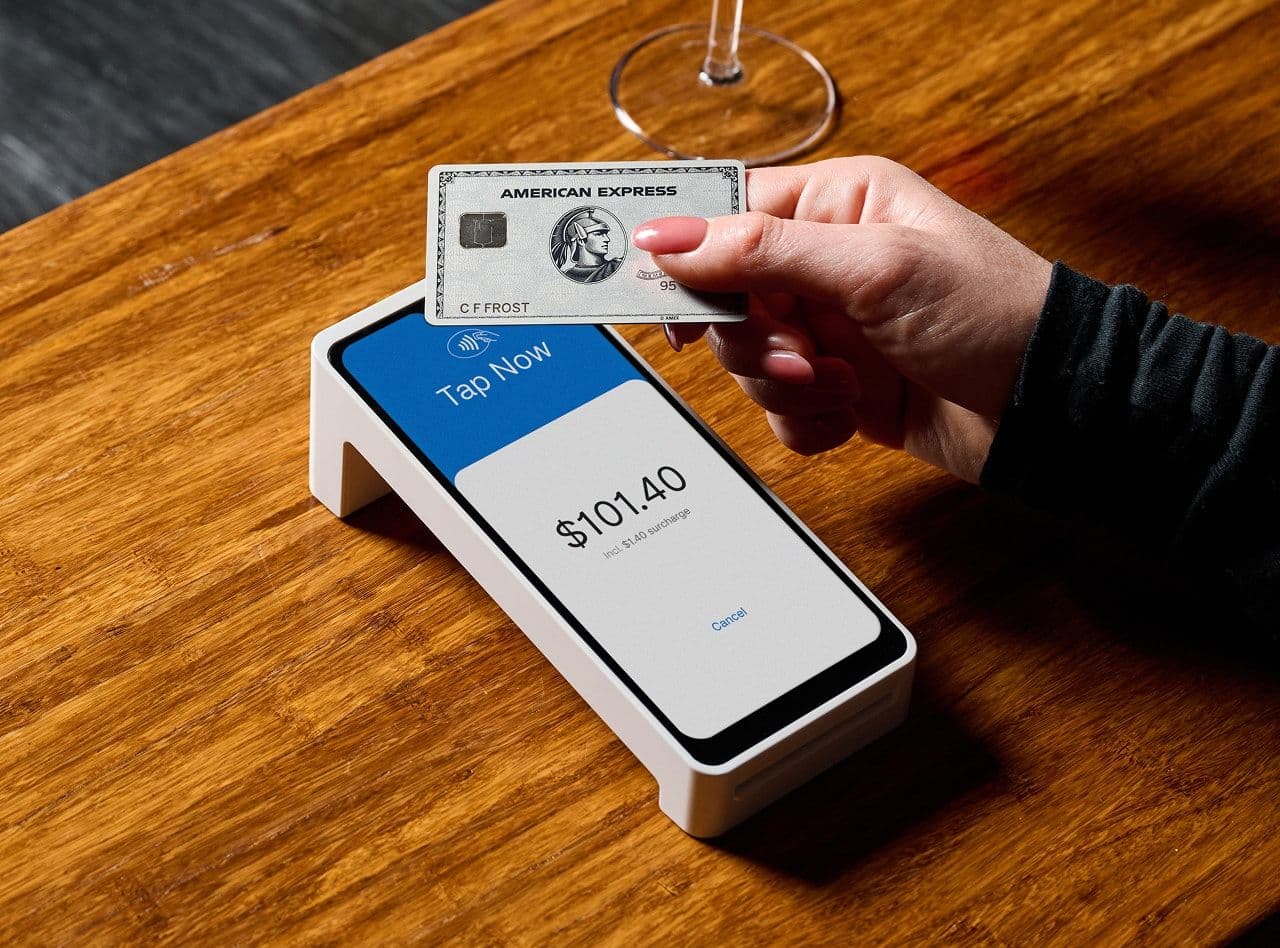
- Business Growth & Optimisation
Becoming an Ally in the LGBTQIA+ Community: Harehole.Melbourne
It's everyone's job to encourage inclusion. Here's how to get started.
June is Pride Month – a time to celebrate the impact the queer and intersectional community has, and continues to have, on the world. Beyond that, it’s a month to address the ongoing work towards equality, acceptance, and belonging. That said, support for the LGBTQIA+ community is not seasonal. Symbols and solidarity should be backed with meaningful allyship every month of the year.
Merchants may face a learning curve in becoming an LGBTQIA+-affirming business. While there is no official roadmap to becoming an ally, there are some steps you can take to build a brand that supports the LGBTQIA+ community year-round.
Kyle, co-owner of beloved multipurpose venue Harehole.Melbourne, is well-versed in what it takes to create an inclusive environment. “When we first opened, customers would come in wearing sunglasses. Now, we get families from all walks of life coming in. It’s a really safe space for everyone.”

Harehole.Melbourne is part community space, part café, and part retail store. Operating for just over a year, it’s an extension of Hares & Hyenas — a stalwart of the local LGBTQIA+ community since 1991. It's a place where everyone is welcome, and the team behind the business has worked hard to ensure it’s an inclusive space, free of judgement.
For many, Harehole.Melbourne is part of their first interactions with the LGBTQIA+ community. “It’s a safe space where individuals can be themselves, enjoy a coffee, read some books or attend an event. We like to think we have something for everyone, from all communities,” says Kyle.
"Pride is the celebration of inclusivity and freedom of expression."
Located in bustling Fitzroy, Harehole.Melbourne is home to emerging artists, hybrid art forms, and queer ideas. Upon entry, customers are greeted by posters of upcoming local events, varied merchandise and a vast array of books.



Harehole.Melbourne’s open content policy means its products are varied, and sought-after. It’s the only bookstore in Australia that focuses on assisted reproduction families, or ART families. “We’ve got all the books to help.”
How to be an ally
“Being an LGBTQIA+ ally is about helping to create an inclusive society, where people can live proudly as themselves – any way they want to. Businesses, small or large, can help out by listening, getting educated, being visible and speaking out against homophobia, biphobia and transphobia,” says Kyle.
In 2022, it’s important for all businesses to be nondiscriminatory and embrace customers from all walks of life — regardless of their sexual orientation. Kyle has five tips for businesses to become more inclusive.
Make sure you create an inclusive environment for employees and customers.
Treat every individual equally, and support the individual. Everyone should feel like they can be themselves.
Make it clear that your business doesn’t discriminate.
Welcome job applications and customers from all communities.
Build relationships that create trust and open communication.
Do these things and, in Kyle’s words, “What you’ll find is more trust and support from your entire community of followers”.
As a merchant, you have a position of influence in your local community. With some small changes, you can build a brand that celebrates and prioritises equality and inclusivity — beyond the buzzwords.
Zeller is proud to support LGBTQIA+-owned businesses, allies, and the community.



